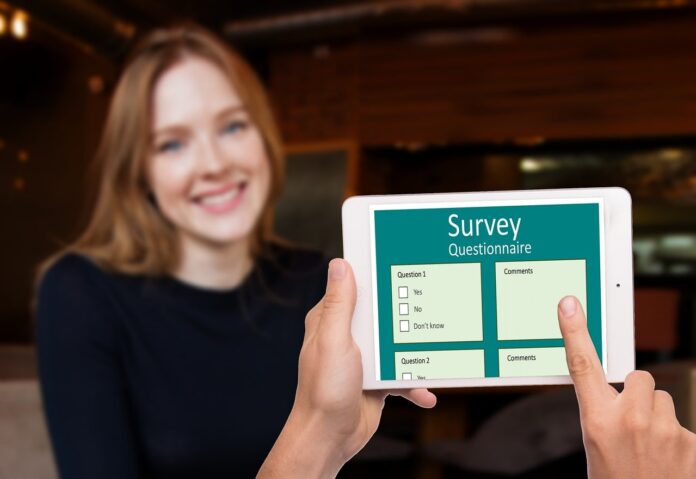Surveys are a powerful tool for gathering information and feedback from specific target audiences. With the advent of survey software, it’s easier than ever for businesses and organisations to create and manage surveys to gather valuable data. Surveys are useful for market research, to understand if the marketing strategy in place is working and much more. However, you need to be able to create useful, fun surveys and it’s important that they are quick and easy to understand for everyone. A professional software for surveys and questionnaire can help companies achieve pre-set goals and create customised surveys based on the reference target.
Here are some of the areas where survey software can be particularly useful, as well as some best practices for creating effective surveys.
Areas where survey software can be useful
Not all companies have a large marketing department, so sometimes surveys are created by external professionals. Based on the size of the company and the results it wants to obtain with the surveys, it is possible to create a personalised questionnaire. There are several areas where survey software can be useful in a business, especially in the marketing department for market research, employee feedback, customer satisfaction and event planning.
Market research
Market research is a critical component of any successful business strategy. Surveys can be a valuable tool for gathering information about customer preferences, attitudes and behaviours. By collecting this data, companies can make informed decisions about product development, pricing, and marketing strategies.
Employee feedback
Employee satisfaction is a key factor in productivity and retention. Surveys can be an effective way to collect employee feedback and identify areas for improvement. By addressing employee concerns and feedback, organisations can create a more
positive work environment and improve overall job satisfaction.
Customer satisfaction
Customer satisfaction is a key metric for any business. Surveys can be used to gather feedback from customers about their experiences with a product or service. This data can then be used to identify areas for improvement and improve the overall customer experience.
Event planning
Surveys can also be used to gather feedback from event attendees. This can help event organisers identify areas for improvement and improve the overall attendee experience. For example, polls could be used to gather feedback on keynote speakers, session topics, or logistics like parking and seating.
Best practices for creating effective surveys
Creating an effective questionnaire requires careful planning and consideration. Surveys that are created without a strategy do not give results, because it is essential to know where you want to go and what goals you want to achieve. To ensure that surveys are a real marketing technique, it is important to monitor the results periodically and schematically.
Here are some best practices to keep in mind when creating a survey.
1. Define your goals
Before creating a survey, it’s important to define your goals and what you hope to achieve with the data you collect. This will help ensure that the survey is designed to gather the specific information and feedback needed to make informed decisions.
2. Choose the right questions
The questions included in a survey should be carefully chosen to gather the information you need to achieve your goals. Questions should be clear and easy to understand and should avoid biassed language. Open-ended questions can be useful for gathering detailed feedback, while multiple-choice or Likert scale questions can be used for gathering more structured feedback.
3. Keep it short and simple
One of the most important rules of survey design is to keep it short and simple. Lengthy and complex surveys can be overwhelming for respondents and can lead to incomplete or inaccurate data. Instead, focus on a few key questions that will provide the most valuable insights.
4. Try the survey
Before launching a survey, it’s important to test it with a small group of people to identify any issues or areas for improvement. This will help ensure that the survey is easy to understand and provides the information you need to achieve your goals.
5. Provide an incentive
To encourage participation, consider offering an incentive for completing the survey. This could be a discount on a product or service, entry to a prize draw, or another reward relevant to your audience.
Conclusion
Survey software can be an invaluable tool for businesses and organisations looking to gather insights and feedback from their target audience. By carefully planning and designing surveys, organisations can gather the data they need to make informed decisions and improve their overall performance. When creating a survey, it’s important to define your goals, choose the right questions, keep it short and simple, test the survey, and provide an incentive to encourage participation. With these best practices in mind, organisations can create effective surveys that provide valuable insight and lead to better results.
Help keep news FREE for our readers
Supporting your local community newspaper/online news outlet is crucial now more than ever. If you believe in independent journalism, then consider making a valuable contribution by making a one-time or monthly donation. We operate in rural areas where providing unbiased news can be challenging. Read More About Supporting The West Wales Chronicle























